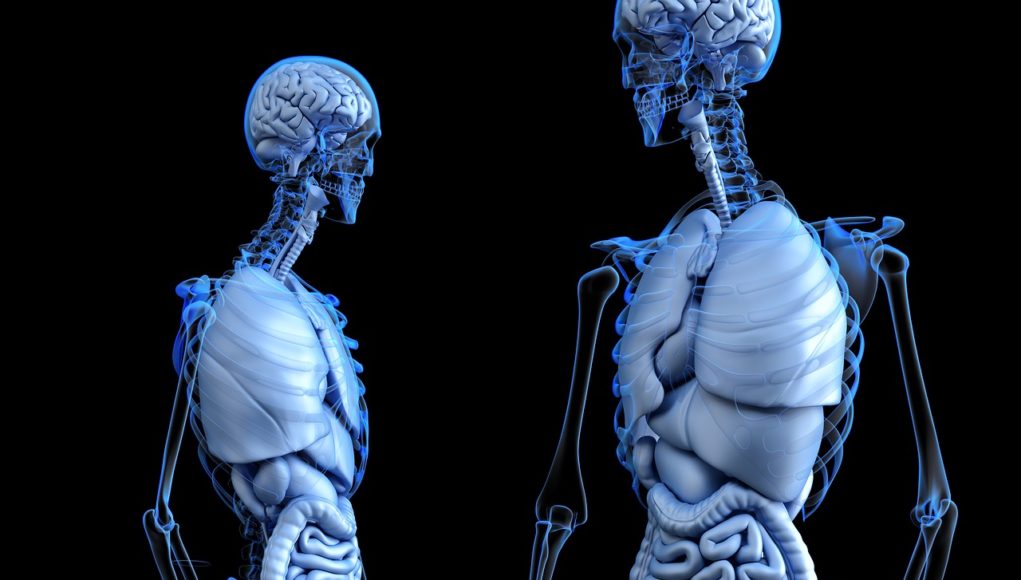Co-author: Christine Sapienza, PhD, CCC-SLP
Expiratory Muscle Strength Training
Expiratory muscle strength training, or EMST is well known and well studied behavioral treatment for positively impacting airway protections. Using a hand held device, the EMST training protocol works to strengthen the swallow muscles, particularly the suprahyoid or neck strap muscles while at the same time improving breathing muscle strength providing more power to breathe forcefully out.
Functions affected by EMST
Breathing out hard assists cough function. Cough is very important particularly when a food particle or liquid goes down into or near the respiratory airway. Cough moves a foreign material out quickly when done with the right strength.
Click for more info on EMST certification and training events
If the cough is too weak it may take longer to clear the material out of the airway, again putting the patient at risk for aspiration pneumonia. Healthy individuals produce cough with high linear airflow up to three-fourths the speed of sound. Those diagnosed with neuromuscular/neurodegenerative conditions (PD, MS, ALS, Stroke, Vocal fold paralysis etc.) commonly have weak cough.
Rationale for EMST use in Patient Care
The rationale for the use of EMST is its known effects on increasing expiratory force pressure generation, vocal fold adduction, and for increased expiratory flow rates during voluntary cough production. For those who experience neuromuscular disease and/or sedentary lifestyle, a focus on both cough and swallow function is considered essential for achieving desired physiological outcomes of enhanced airway protection, reducing risk of aspiration pneumonias and decline of other health related co-morbidities. Impaired swallow or dysphagia also has profound effects on quality of life due to the inability of the patient to participate in mealtimes. As such, family and social relationships can be altered. Moreover, the financial impact of dysphagia is evident in the cost of non-oral tube feeding supplementation. Providing an active treatment for airway protection is imperative. Implementing EMST is a dynamic step in providing functional treatment of dysphagia and proactively addressing airway protection problems in your patient population.
Click here more information on EMST Training Events, Certifications and Workshops
Resources of Interest:
- Respiratory Muscle Strength Training-Theory and Practice-Sapienza & Troche
- Cases in Head and Neck Cancer- Hoffman Ruddy, Ho, Sapienza & Lehman
- Voice Disorders, Third Edition-Sapienza & Hoffman Ruddy
- Visual Examination of Voice Disorders-Sapienza & Hoffman Ruddy
About the Authors:
Dr. Bari Hoffman Ruddy is a Professor in the Department of Communication Sciences and Disorders at the University of Central Florida. She also serves as the Director of the Center for Voice Care and Swallowing Disorders at The Ear Nose and Throat and Plastic Surgery Associates, Orlando, FL. She has worked clinically in this center for over 18 years evaluating and treating individuals with voice and upper airway disorders. Dr. Hoffman Ruddy’s current research interests include documenting treatment outcomes and novel treatment technologies for disordered voice and aerodigestive disorders, implementing physiologic measures such as endoscopy, acoustics and aerodynamics. Dr. Ruddy incorporates inspiratory and expiratory muscle strength training in her clinical work and has designed several research studies for individuals with Parkinson’s disease, vocal fold paralysis, paradoxical vocal fold dysfunction, head and neck cancer and normal subjects. Her work is published in national and international journals and is co-author of the text book: Voice Disorders 3rd edition and lead Editor of another text: Cases in Head and Neck Cancer: A Multidisciplinary Approach, Plural Publishing.
Dr. Christine Sapienza is currently Dean of the Brooks Rehabilitation, College of Healthcare Sciences and Program Director of the new department of Communication Sciences and Disorders at Jacksonville University. She is a Brooks Rehabilitation academic research partner. She is a former research career scientist at the Malcom Randall VA. As a full professor Dr. Sapienza’s area of research interests include the study of adult normal and disordered voice and adult neuromotor disorders such as Parkinson’s disease and multiple sclerosis. Her most recent work has focused on the use of strength training paradigms in these populations as well as with spinal cord injury and others with physical and neurological insult. She has authored over 120 publications which can be found in the Journal of Speech Language and Hearing Research, the Journal of the Acoustical Society of America, Journal of Applied Physiology, Journal of Voice, American Journal of Speech Language Pathology, and others. Dr. Sapienza authored the graduate textbook: Voice Disorders (Plural Publishing), as well as the Voice Disorders Workbook and DVD on Vocal Images (Plural Publishing).





